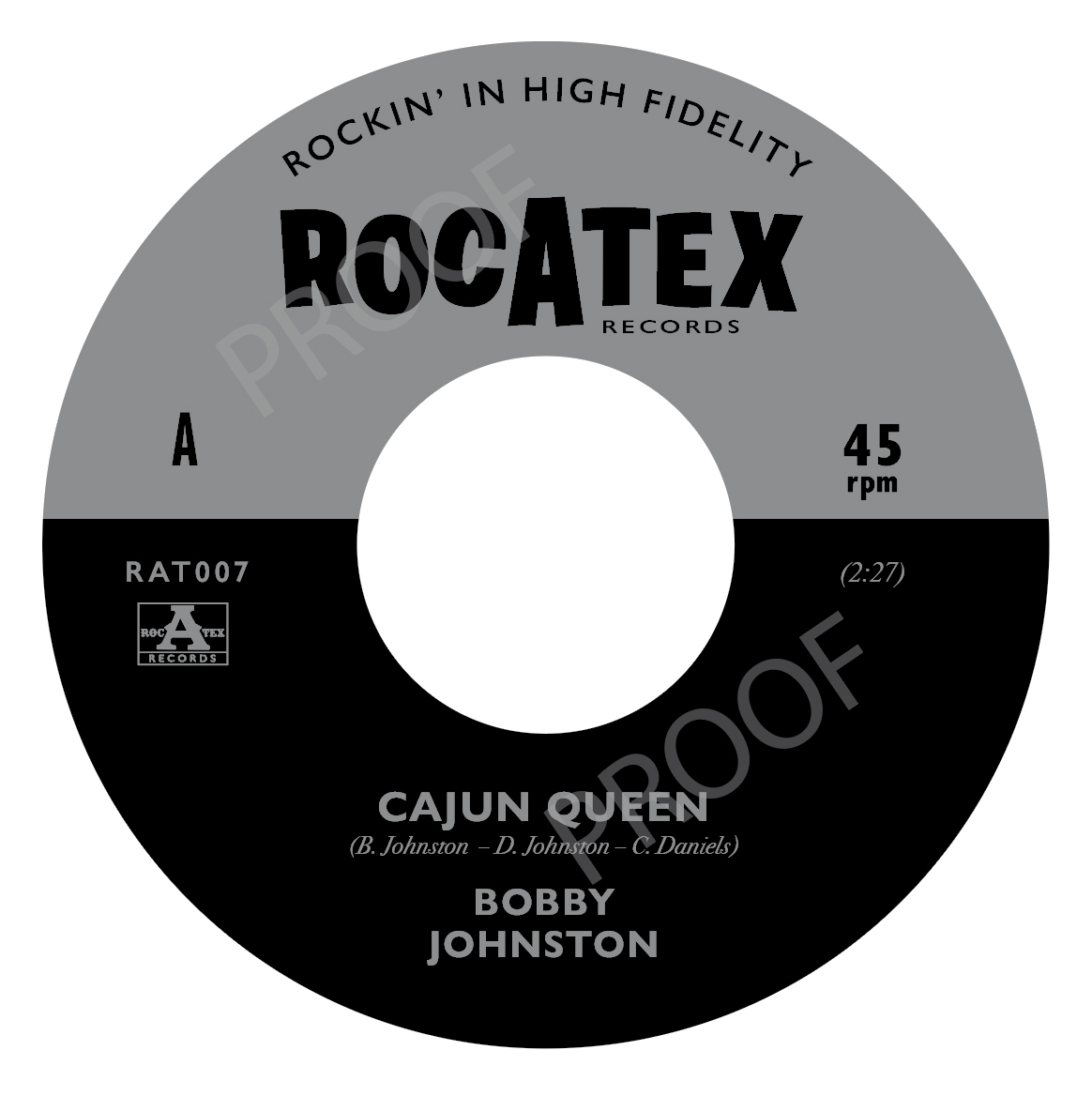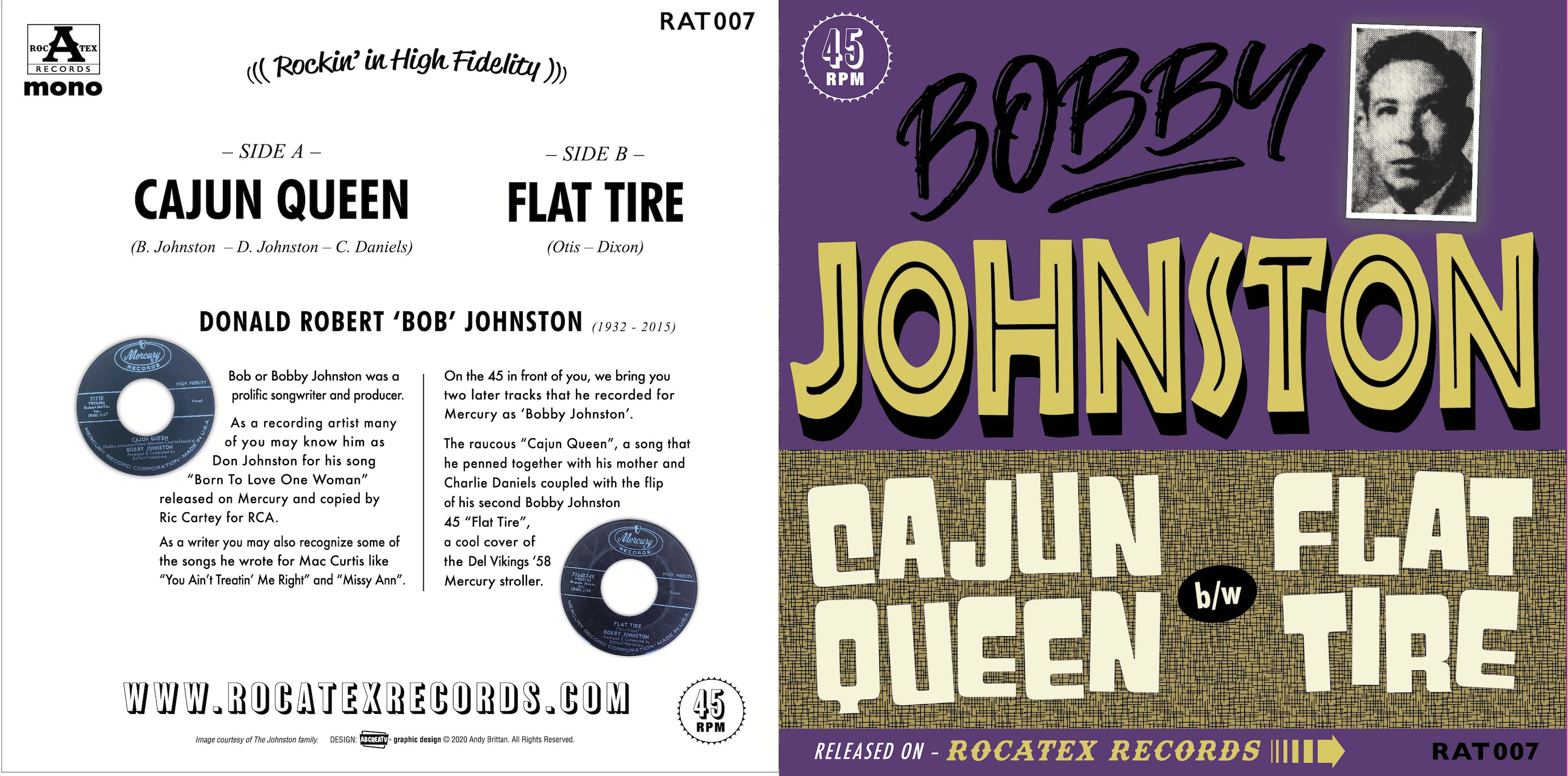New Design
We had some discussion over on our FaceBook page about the prefered choice of hole size on the 45s we release.
Obviously we are are a very dorky bunch folks us vinyl lovers.
The options typically available at pressing plants are limited.
Records are by default manufactured with a small center hole.These fit on the spindles of most record players. However if you happen to own a jukebox you will know that these use a larger diameter hole. These records are referred to as being "dinked". This is the standard size for records released in the USA.
Adapters are available for large hole records that fit on a regular (small hole) record player and in fact many record player come with adapters. If you have ever watched a DJ spinning records out on the 50's scene you will see that most of us prefer to keep the adapters on and spin records, often US copies, with the larger holes.
There is a third option, called a "Push-out" or sometime "UK" dink. Why I don't know, as they were available in other countries too. This allowed you to sell the record with a small hole but then let the buyer "push-out" the center to form the larger hole. Examples are the tri-center which presented a triangular center, such as on may UK london pressings and a quad-center which has a circular center attached at four places, such as seen on parlophone records of the period.


Currently we have not been able to find a manufacturer supplying with a tri-center but there are a couple doing the quad-center on request.
After holding the poll, and associated discussion, on our FaceBook page, I was completely unsurprised to find that most customers prefer a large center hole, with a few digging the idea of a quad center.
Moving from small hole to large required a redesign of the label. So we took the opportunity to go do a overhaul.

The new design keeps some of the elements of the original design. Obviously the name remains the same, as does the slogan that my brother chose "Rockin' In High Fidelity". We also kept the logo he had been using, which includes the original label font, on both the record label and the cover artwork.

Obviously we are are a very dorky bunch folks us vinyl lovers.
The options typically available at pressing plants are limited.
Records are by default manufactured with a small center hole.These fit on the spindles of most record players. However if you happen to own a jukebox you will know that these use a larger diameter hole. These records are referred to as being "dinked". This is the standard size for records released in the USA.
Adapters are available for large hole records that fit on a regular (small hole) record player and in fact many record player come with adapters. If you have ever watched a DJ spinning records out on the 50's scene you will see that most of us prefer to keep the adapters on and spin records, often US copies, with the larger holes.
There is a third option, called a "Push-out" or sometime "UK" dink. Why I don't know, as they were available in other countries too. This allowed you to sell the record with a small hole but then let the buyer "push-out" the center to form the larger hole. Examples are the tri-center which presented a triangular center, such as on may UK london pressings and a quad-center which has a circular center attached at four places, such as seen on parlophone records of the period.


Currently we have not been able to find a manufacturer supplying with a tri-center but there are a couple doing the quad-center on request.
After holding the poll, and associated discussion, on our FaceBook page, I was completely unsurprised to find that most customers prefer a large center hole, with a few digging the idea of a quad center.
Moving from small hole to large required a redesign of the label. So we took the opportunity to go do a overhaul.

The new design keeps some of the elements of the original design. Obviously the name remains the same, as does the slogan that my brother chose "Rockin' In High Fidelity". We also kept the logo he had been using, which includes the original label font, on both the record label and the cover artwork.

